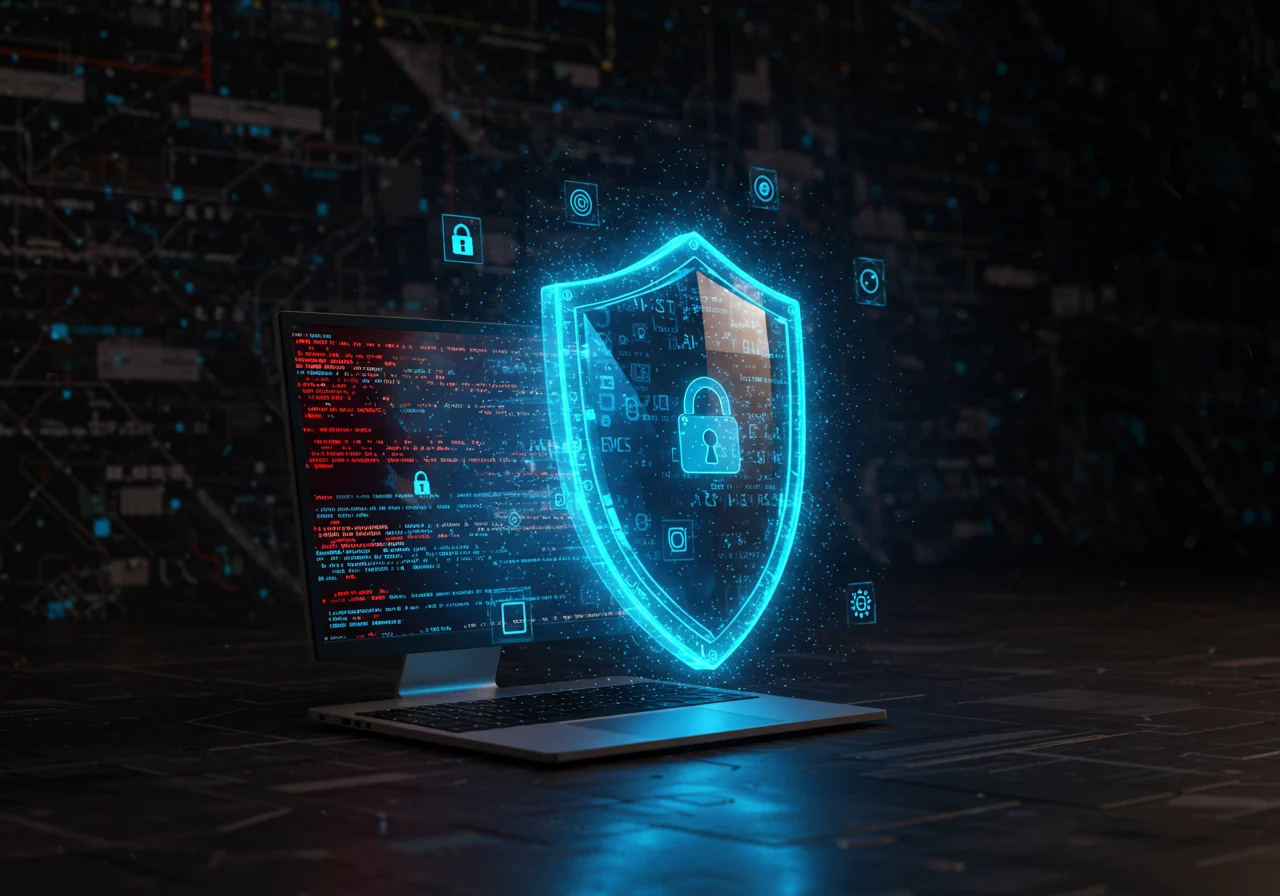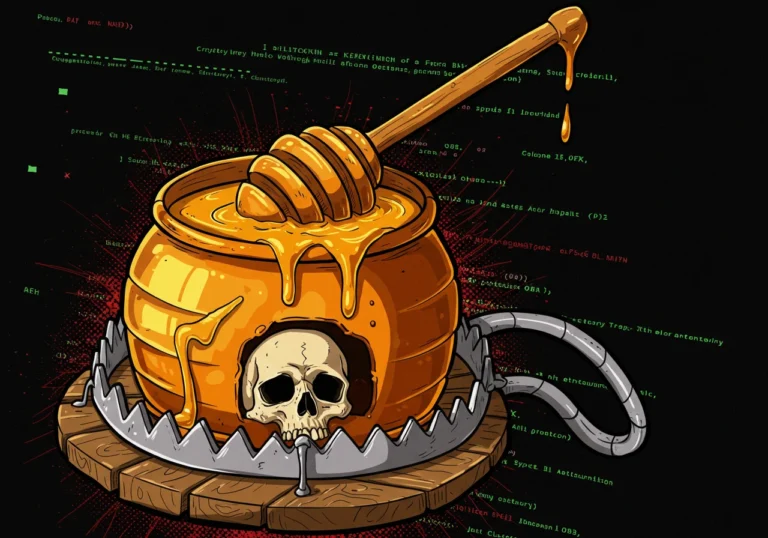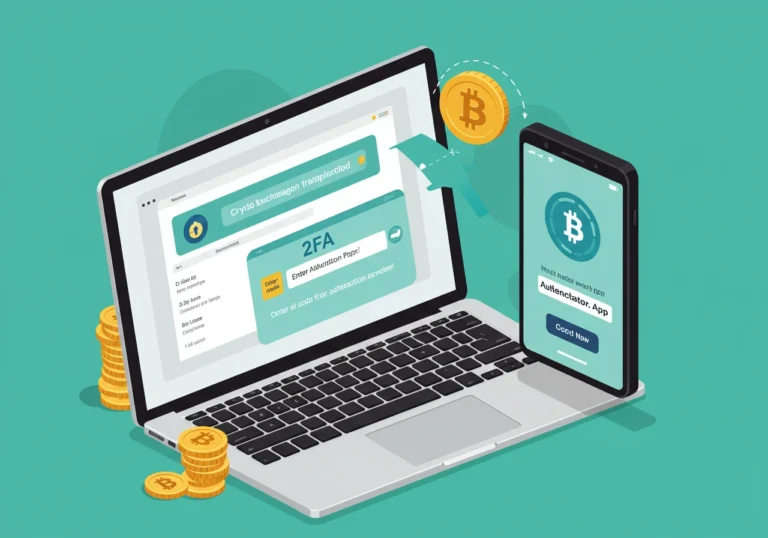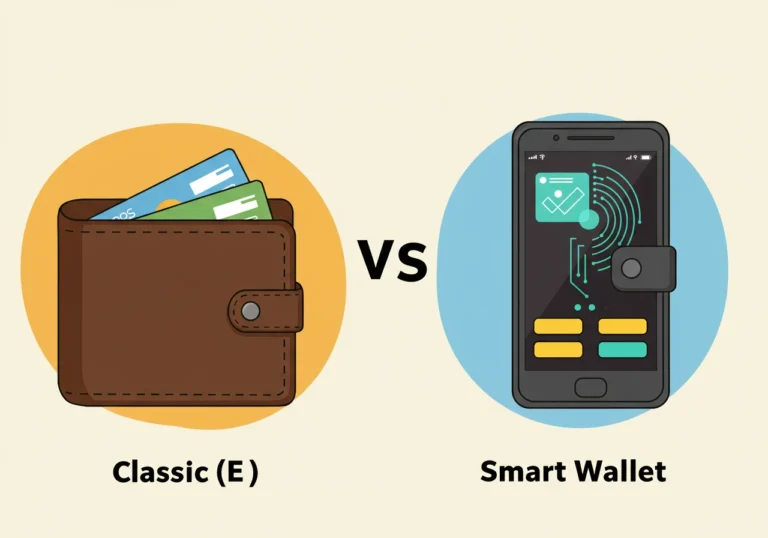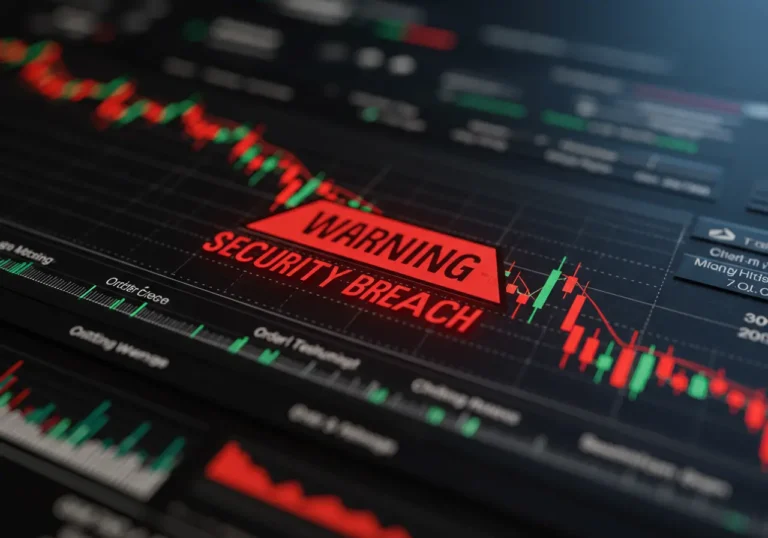Securing Your Crypto Exchange Account: Simple, Strong Steps You Can Take Today
Table of Contents
Securing your crypto exchange account begins with small habits that add up. At the start, focus on blocking easy attacks. Later, build layers of protection. If you begin right now, you will sleep better and keep your assets safer.
Why securing your crypto exchange account matters
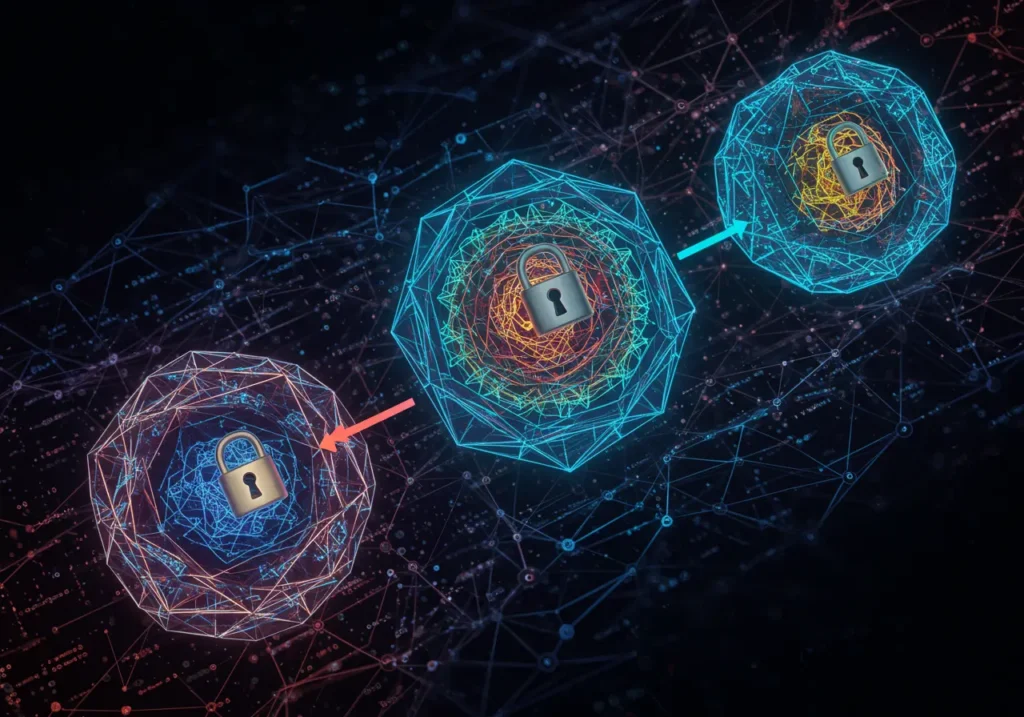
Crypto is digital money. Once it leaves your account, it’s very hard to get back. Exchanges do a lot to protect users, but attackers only need one gap to get through. A stolen email, a reused password, or a phone number hijack can be all it takes. Protecting your exchange account is not about fear. It’s about making the small effort that stops big problems.
Multi-factor protection: set up MFA now
One of the most powerful steps is multi-factor authentication setup.
What is MFA and why it helps
MFA means you need two or more things to log in: something you know (a password) and something you have (a code on your phone). Even if someone learns your password, they still need the second factor.
How to set MFA the right way
- Use an authenticator app (like Google Authenticator or Authy).
- Avoid SMS-based codes when possible — attackers can hijack phone numbers.
- Save recovery codes in a safe place, not on your phone.
- Turn MFA on for withdrawals and for account settings changes.
Doing this is like locking the front door and adding a deadbolt. You do not need to be a tech wizard to set it up.
Passwords and account basics
A strong password and good habits make a big difference.
- Use long, unique passwords for each site. Think phrases you can remember.
- Use a reputable password manager to store them.
- Change passwords if a service you use has a breach.
- Never write passwords in plain text where others can see them.
A password manager is your friend. It fills forms, creates strong passwords, and keeps them safe behind one master password.
Regularly update security settings
A small but often ignored step is to regularly update security settings.
- Visit your exchange’s security page every few months.
- Check active sessions and devices. Log out of anything you don’t recognize.
- Review account recovery options and update your email if needed.
- Turn off features you don’t use. Less surface area means fewer problems.
Think of this as checking the locks and windows of your house now and then. It keeps things tight.
Use hardware wallets for storage
If you hold meaningful funds, use hardware wallets for storage when possible.
Why hardware wallets help
Hardware wallets keep private keys offline. That means even if your computer is infected, the keys are not exposed. They are the safest place to keep long-term holdings.
How to use them with exchanges
- Keep only trading balances on exchanges.
- Move savings and long-term holdings to a hardware wallet.
- Use the exchange only to trade and then withdraw to your device.
Treat exchanges as the market stall and the hardware wallet as your personal safe.
Enable email notifications for account activity
Small alerts help spot trouble early. Make sure to enable email notifications for account activity.
- Turn on alerts for logins, withdrawals, and password changes.
- Use a secure email service and protect that account with strong MFA.
- Check alerts promptly. A quick reaction can stop damage.
If you get a notice you don’t expect, act. Even calling the exchange support can freeze withdrawals in some cases.
Avoid sharing personal information online
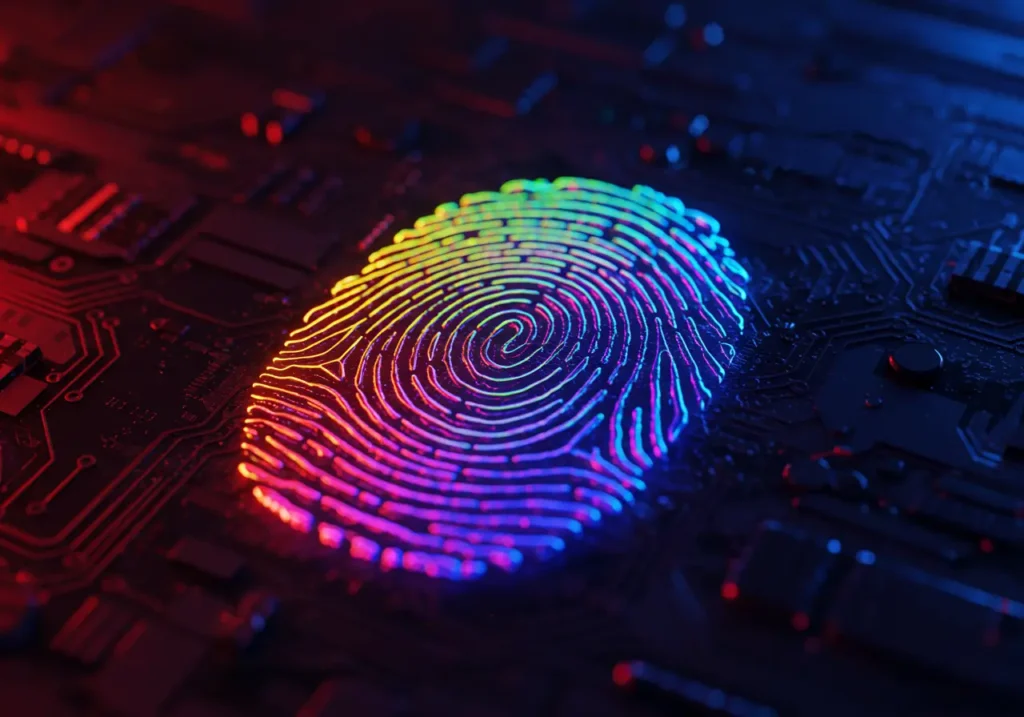
A surprising number of hacks start with oversharing. Avoid sharing details that help attackers. Avoid sharing personal information online such as:
- Your full birth date, phone number, or recovery phrases.
- Photos of checks, ID, or personal notes with account info.
- Screenshots that show your balances or partial keys.
Be careful with social media. Scammers often build a picture of you from public posts. Keep private details private.
Watch out for phishing and scams
Phishing is the most common trick. Scammers send emails or messages that look like they come from an exchange.
- Check the sender’s address carefully.
- Never click links in an unexpected email. Type the exchange URL yourself.
- Never enter keys or passwords on a page that came from an email link.
- Verify with official support or the exchange’s help pages if unsure.
A good habit: when in doubt, stop and check. It’s that simple.
Protect your phone and devices
Your phone and computer are gateways to your accounts.
- Keep software and apps updated. Security fixes matter.
- Use device-level passcodes and biometrics where possible.
- Avoid installing untrusted apps.
- Use antivirus and a firewall if on a computer.
If your device is lost or stolen, you want protections in place that stop immediate access.
What to do if you suspect an account breach
If something feels wrong, act quickly.
- Change your password and MFA immediately.
- Move funds out if you can to a safe place (hardware wallet).
- Contact the exchange support and report suspicious activity.
- Scan your devices for malware and revoke sessions.
- Notify your email provider if your account was involved.
Quick action often saves most of your assets. Slow reactions cost money.
Small routines that add up
Security is not a one-time task. Simple routines help:
- Check security settings monthly.
- Revoke old API keys and unused apps.
- Backup recovery phrases in a secure, offline place.
- Use separate emails for financial accounts.
These small habits are like brushing your teeth — daily care prevents big problems.
Conclusion — protect what matters
Securing your crypto exchange account is simple when you break it into small steps. Do the easy wins first: set up multi-factor authentication, use strong passwords, and enable email notifications for account activity. Add stronger steps like use hardware wallets for storage when your holdings grow. Keep checking your settings and regularly update security settings. Above all, avoid sharing personal information online and be ready to act if something looks off.
Security is a habit, not a single event. A little care today keeps your funds and your peace of mind tomorrow.
FAQ
Q: Is SMS-based MFA safe?
A: It’s better than nothing but less safe than authenticator apps. SIM swap attacks can intercept SMS codes. Use an authenticator app when possible.
Q: Should I keep all my crypto on an exchange?
A: No. Keep only what you need for trading. Move savings to a hardware wallet for long-term storage.
Q: What if I lose my MFA device?
A: Use recovery codes you saved during setup. Contact exchange support immediately if you can’t access your backups.
Q: How often should I change passwords?
A: Change after any suspicion of compromise and use unique passwords for each account. A password manager makes this easy.
Q: Can exchanges recover stolen funds?
A: Sometimes, but not always. Faster reporting improves the chance of recovery. Prevention is the best strategy.

Hello, I’m Edmilson Dias, founder of CoinBringer. I created this platform to guide people through the fast-moving world of cryptocurrency with clarity and safety. With years of research in blockchain and digital security, my goal is to translate complex topics into practical knowledge, offering reliable tutorials, safety insights, and guidance for both newcomers and experienced users.
Discover more from CoinBringer
Subscribe to get the latest posts sent to your email.

